Historic new Homo naledi discoveries unveiled at Maropeng
A new historic chapter of the Homo naledi saga has been unveiled at Maropeng today. Scientists from around the world, who were behind the landmark discovery of the new species, Homo naledi in 2015, have announced new discoveries from the Rising Star Cave system – the richest fossil hominin site in Africa.
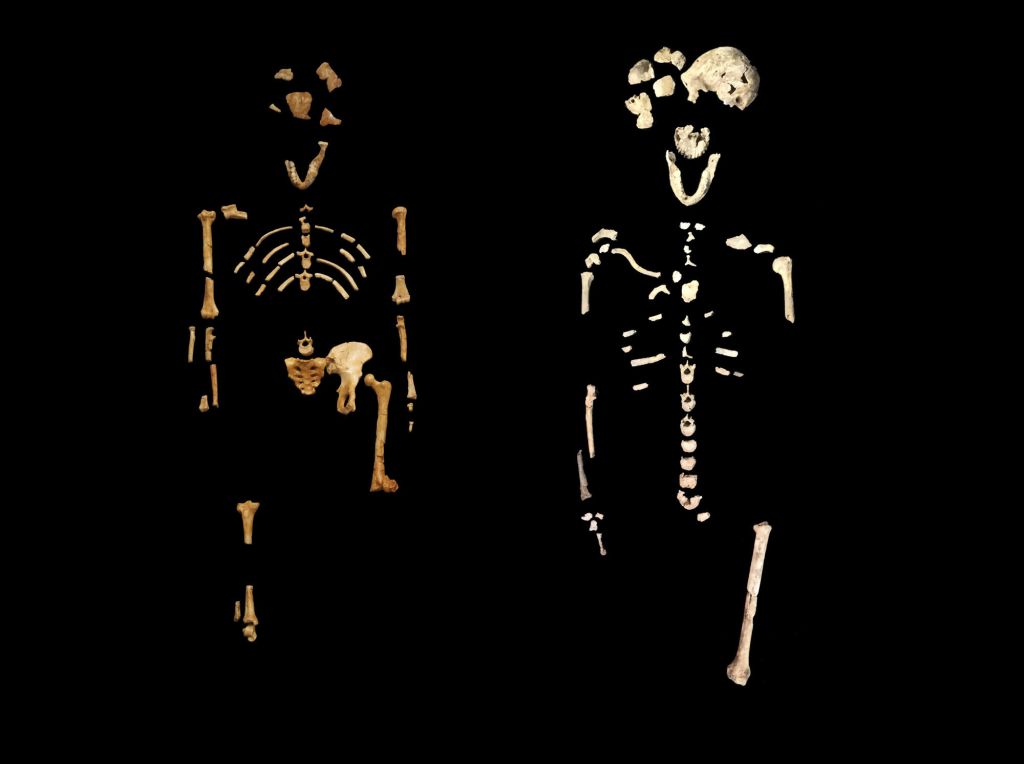
The research has been published today in three papers in the journal eLife (elifesciences.org) and shed long-awaited light on the age of Homo naledi, as well as the discovery of a new chamber in the Rising Star system that has turned up, what expedition leader, Professor Lee Berger, says is the most complete hominin skeleton ever discovered.
Homo naledi may have lived alongside Homo sapiens
Making the announcement at Maropeng, the Visitor Centre for the Cradle of Humankind today, scientists say the original Homo naledi remains from the Dinaledi chamber have been revealed to be startlingly young.
An extensive dating process has shown that the species was alive sometime between 335 and 236 thousand years ago.
This places this population of primitive small-brained hominins at a time and place that it is likely they lived alongside Homo sapiens. This is the first time that it has been demonstrated that another species of hominin survived alongside the first humans in Africa.
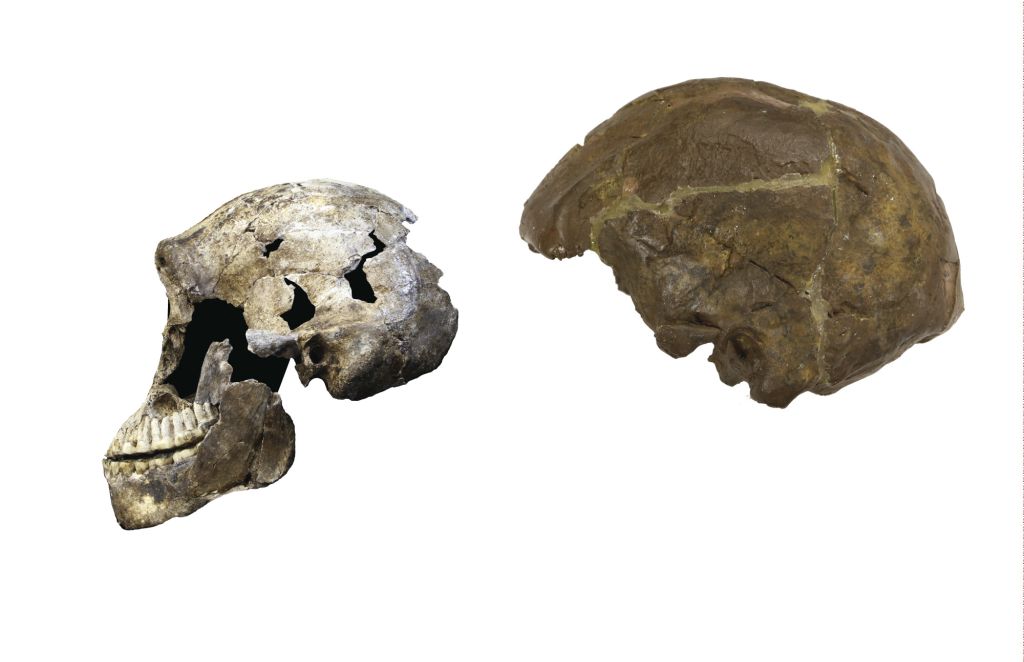
The dating of Homo naledi is the conclusion of the multi-authored paper entitled: The age of Homo naledi and associated sediments in the Rising Star Cave, South Africa, led by Professor Paul Dirks of James Cook University and the University of the Witwatersrand (Wits).
“The dating of naledi was extremely challenging,” noted Dirks in a press release from Wits University. Dirks worked with 19 other scientists from laboratories and institutions around the world, including labs in South Africa and Australia on the mission to find Homo naledi’s age. “Eventually, six independent dating methods allowed us to constrain the age of this population of Homo naledi to a period known as the late Middle Pleistocene.”
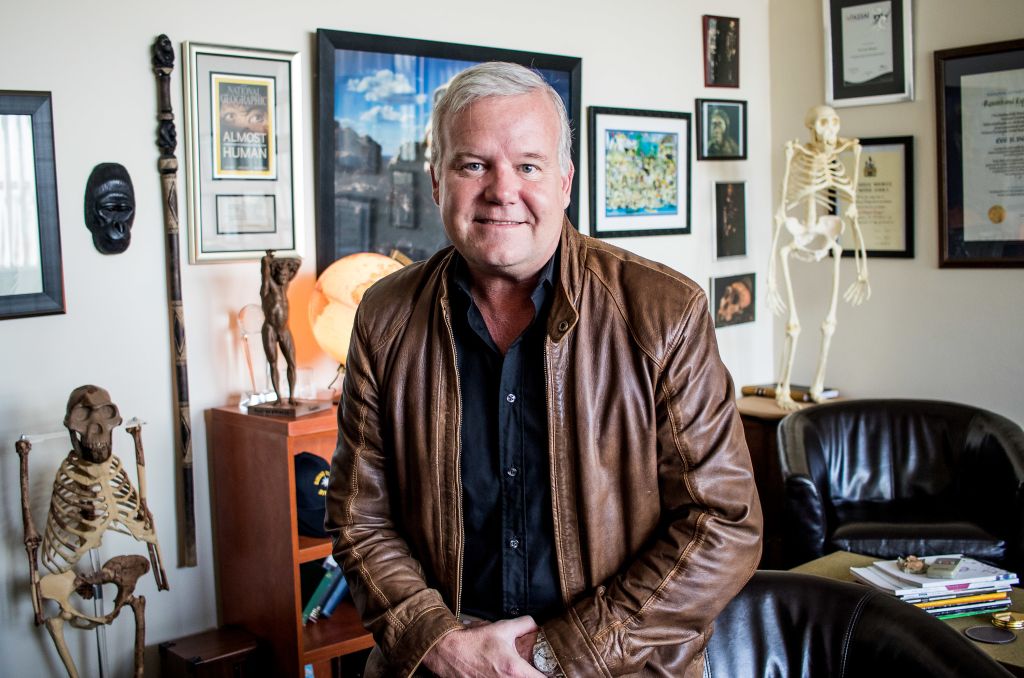
This dating shows that Homo naledi may have survived for as long as two million years alongside other species of hominins in Africa, during a period when it was previously thought that only Homo sapiens (modern humans) existed in Africa.
Researchers say the late Middle Pleistocene era saw the rise of what has been called “modern human behaviour” – that is, behaviour thought to represent the origins of complex modern human activities such as burial of the dead, self-adornment and complex tools.
In 2015, researchers noted that the Homo naledi appeared to have deliberately disposed of its dead in a secluded chamber in a ritualized manner – a behaviour that was previously thought to have been exclusive to modern humans.
Meet Neo and the Lesedi chamber of secrets
The Rising Star “underground astronauts” have also unveiled historic finds in a second cave chamber discovered some 100m from the Dinaledi chamber where Homo naledi was first discovered. The new chamber has been named “Lesedi” which means “light” in Setswana.
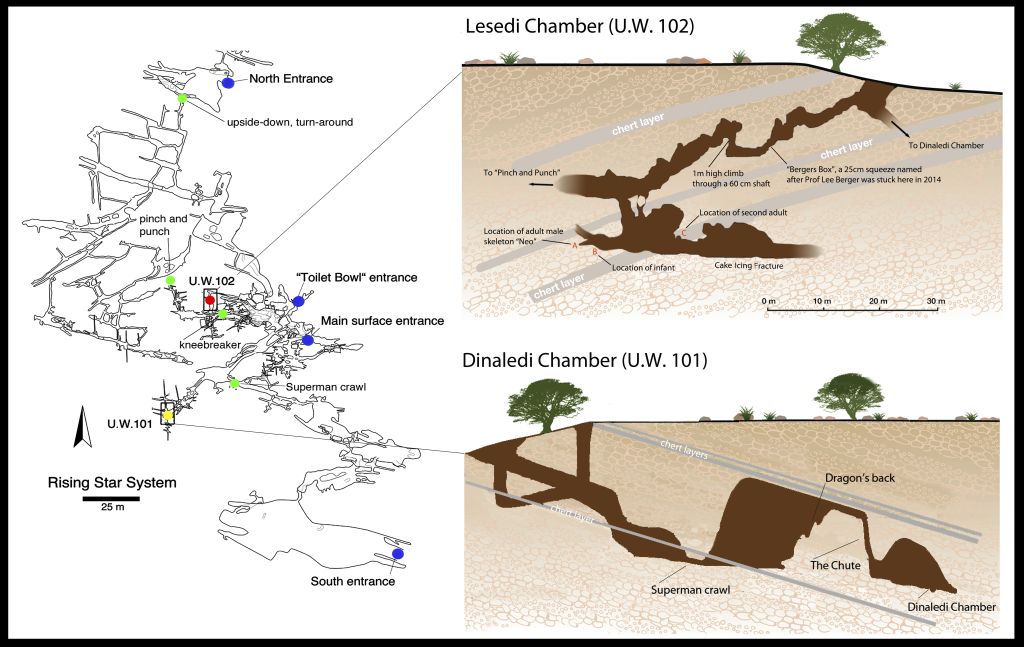
“[The new chamber] is almost as difficult to access [as the Dinaledi chamber], and also contains spectacular fossils of naledi, including a partial skeleton with a wonderfully complete skull,” says John Hawks, lead author on the paper describing the new discovery.
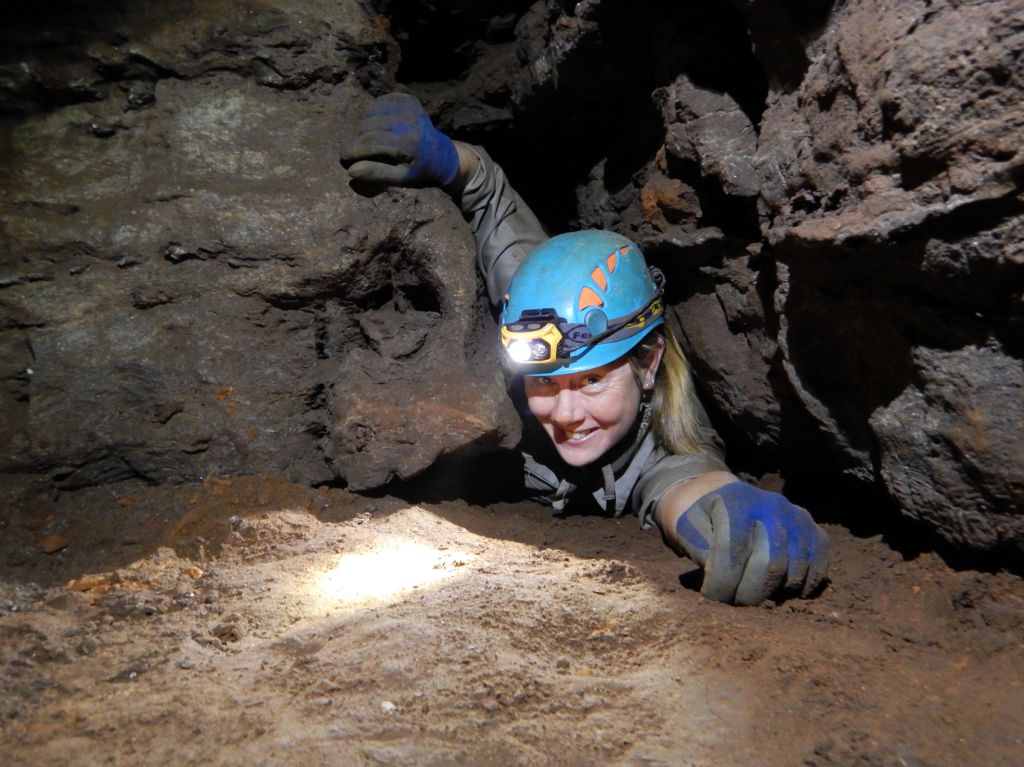
Careful exploration of Lesedi has turned up the remains of a child and a partial skeleton of an adult male, that scientists have named Neo.
The team describes the skull of the skeleton as “spectacularly complete”. “We finally get a look at the face of Homo naledi,” says Peter Schmid of Wits and the University of Zurich, who spent hundreds of hours painstakingly reconstructing the fragile bones to complete the reconstruction.
The name “Neo” was chosen for the Sesotho word meaning “a gift”.
“The skeleton of Neo is one the most complete ever discovered, and technically even more complete than the famous Lucy fossil, given the preservation of the skull and mandible,” says expedition leader, Berger.
The diversity of Southern Africa
The idea that Homo naledi may have lived alongside the forebears of modern humans is an intriguing one for scientists.
“We can no longer assume that we know which species made which tools, or even assume that it was modern humans that were the innovators of some of these critical technological and behavioural breakthroughs in the archaeological record of Africa,” says Berger.
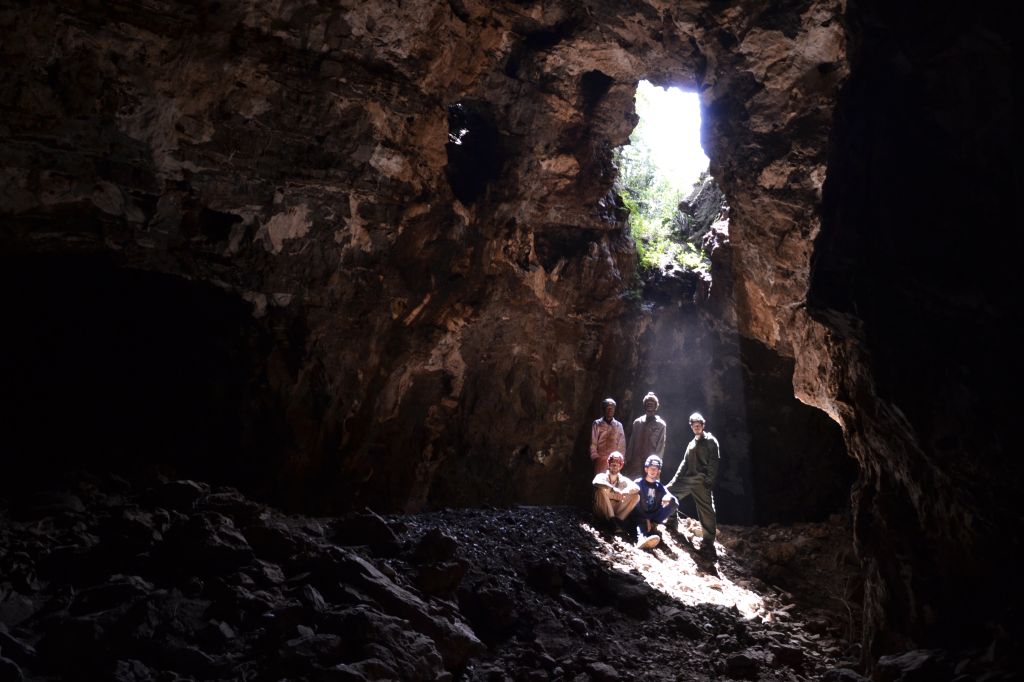
“If there is one other species out there that shared the world with ‘modern humans’ in Africa, it is very likely there are others. We just need to find them.”
Hawks says: “I think some scientists assumed they knew how human evolution happened, but these new fossil discoveries, plus what we know from genetics, tell us that the southern half of Africa was home to a diversity that we’ve never seen anywhere else”.
“Recently, the fossil hominin record has been full of surprises, and the age of Homo naledi is not going to be the last surprise that comes out of these caves I suspect,” adds Berger.
Come see for yourself
The original fossils of this exciting new discovery, as well as Homo naledi fossils from the first Rising Star Expedition will be put on public display at Maropeng, the Official Visitor Centre for the Cradle of Humankind World Heritage Site from 25 May.
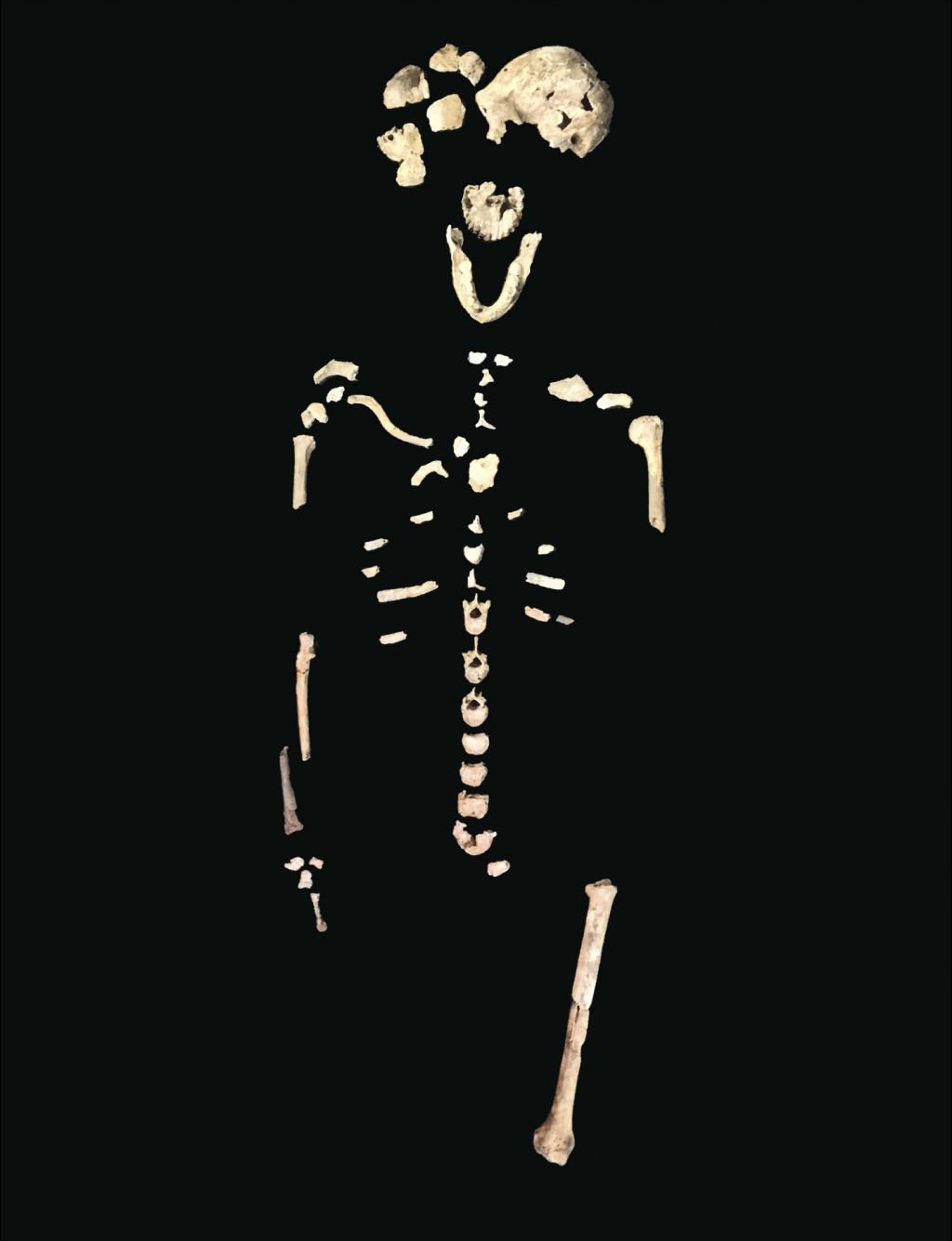
This exhibit of the largest display of original fossil hominin material in history, form part of an exhibition called Almost Human.
Maropeng is getting ready to receive thousands of visitors wanting to the see the exhibition and the new fossils. In 2015, when Homo naledi was first put on display, some 3 500 visitors per day made their way to Maropeng.
“It was an extraordinary thing to experience,” says Michael Worsnip, MD of Maropeng. “It was something like a pilgrimage – a wonderful celebration of our heritage as a country, a continent and a planet.”